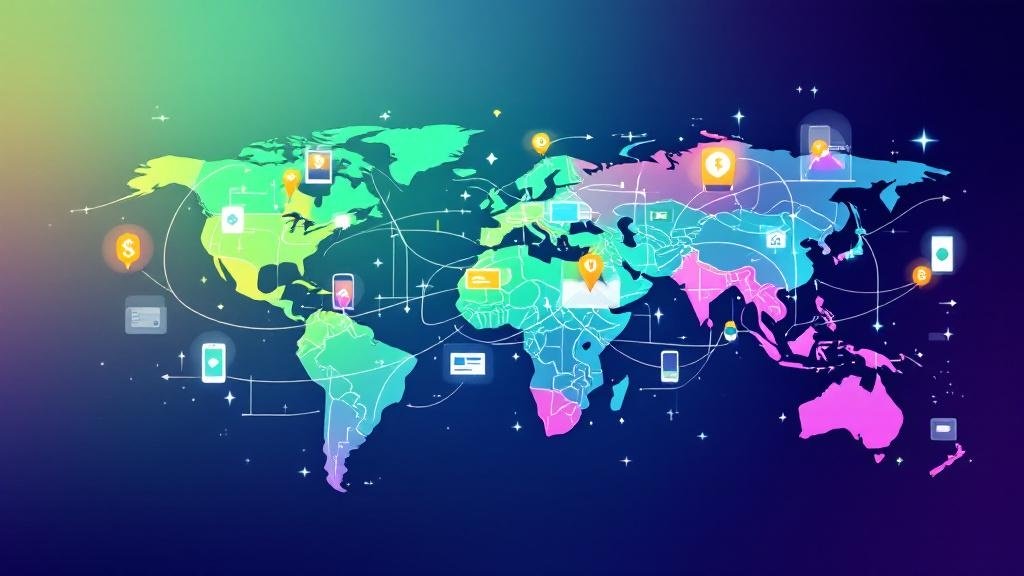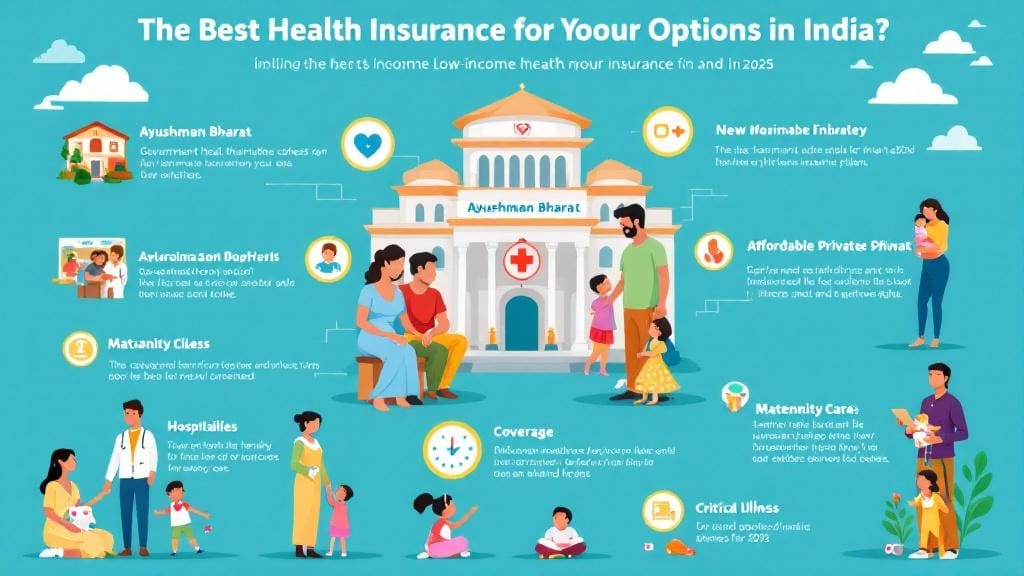Mobile banking has rapidly transformed how individuals and businesses manage their finances, reshaping the global financial landscape. The evolution of mobile technology has led to an era of convenient, secure, and accessible banking, with a profound impact on various facets of society. This digital revolution is not only empowering individuals but also driving economic growth, reducing poverty, and fostering financial inclusion worldwide. In this blog post, we’ll explore how mobile banking is influencing society, focusing on its role in economic development, financial empowerment, and social change.
Table of Contents
Introduction
In the last decade, mobile banking has evolved from a niche service for tech-savvy individuals to a mainstream solution, accessible to millions of people worldwide. Today, mobile banking allows users to check balances, make payments, transfer funds, and even apply for loans—all from their smartphones. This has transformed traditional banking, especially in societies where access to physical banks was previously limited.
The focus of this blog post is to highlight the impact of mobile banking on society and how it is playing a pivotal role in reshaping the way we interact with money.
The Technological Impact of Mobile Banking
Mobile banking is deeply intertwined with technological advancements, particularly in mobile payment systems and digital wallets. The technological impact of mobile banking is vast, and its growth is primarily driven by the development of mobile payment systems, secure transaction protocols, and internet access expansion.
Key Technologies Powering Mobile Banking
Mobile Payment Systems: These systems, such as UPI (Unified Payments Interface) and QR code-based transactions, enable seamless money transfers, reducing the need for cash and physical cards.
Digital Wallets: Platforms like Google Pay, Paytm, and Apple Pay allow users to store funds, debit cards, and loyalty cards in one place, offering unparalleled convenience and security.
Mobile Banking Apps: These apps offer a range of services from basic transactions to more advanced features like loan applications, investment management, and real-time alerts.
As mobile banking technology continues to evolve, the barriers to financial services are being removed, allowing greater access to banking for people in both urban and rural areas.
Mobile Banking and Economic Growth
One of the most significant aspects of mobile banking’s impact on society is its ability to foster economic growth. The widespread adoption of mobile banking has unlocked numerous avenues for financial transactions, fueling both individual prosperity and broader economic development.
Driving Financial Inclusion
Mobile banking is revolutionizing the way people access financial services. Mobile banking for economic growth often takes root in developing economies where traditional banking infrastructure is scarce. People who previously lacked access to banking services can now perform basic financial operations via their phones, offering an essential tool for survival and development.
For example, in countries like India, the growth of mobile payment systems such as Paytm and UPI has led to a surge in digital transactions, which has spurred economic activity and enabled businesses to thrive in previously underserved regions.
Mobile Banking’s Role in Modern Economy
The role of mobile banking in the modern economy extends beyond individual financial empowerment. It helps businesses streamline operations, reduces the reliance on physical cash, and accelerates transactions. Small and medium-sized enterprises (SMEs) in emerging markets are particularly benefiting from mobile banking penetration rates, which enable them to transact easily and efficiently with customers and suppliers.
Social Impact of Mobile Banking
The social impact of mobile banking cannot be understated. By offering easy access to financial services, mobile banking is contributing to social mobility and reducing inequality.
Financial Inclusion and Poverty Reduction
In developing regions, mobile banking and poverty reduction go hand-in-hand. Mobile banking provides a lifeline to the unbanked and underbanked populations, allowing them to access savings accounts, microloans, and insurance products.
For example, mobile banking in developing countries like Kenya (with M-Pesa) has revolutionized the way people send money and access financial services, improving the livelihoods of millions.
Empowering Women and Rural Populations
Mobile banking and economic development extend beyond just individual financial growth—they also help empower marginalized groups. Women in rural areas, for instance, now have the opportunity to manage their finances independently, which was previously a significant barrier in patriarchal societies.
Through mobile banking technology, women can save, invest, and engage in digital commerce without having to rely on intermediaries. This empowerment has resulted in improved living standards and the creation of new opportunities for economic independence.
Financial Empowerment and Literacy via Mobile Banking
One of the most profound benefits of mobile banking is its ability to improve financial literacy and mobile banking services for people of all ages and backgrounds.
Teaching Financial Literacy Through Mobile Banking
Mobile banking platforms often include educational tools that help users understand financial concepts such as budgeting, saving, and investing. As a result, financial empowerment via mobile banking is driving improved financial literacy in both developed and developing nations.
For example, mobile banking apps now offer personalized budgeting features and financial planning tools, making it easier for individuals to manage their finances effectively. This, in turn, is increasing financial awareness and teaching responsible money management.
Mobile Banking in Developing Countries
Mobile banking in developing countries has transformed economies by providing essential financial services to those who have been traditionally excluded from the formal financial system. In regions where physical bank branches are sparse, mobile banking acts as a catalyst for technological advancement, allowing the population to leapfrog traditional banking infrastructure.
For instance, mobile banking for economic development has facilitated money transfers between family members across borders, helping to reduce the costs associated with remittances.
Mobile Banking Security Concerns
While mobile banking offers immense benefits, there are valid mobile banking security concerns that must be addressed. As more transactions shift online, the risk of data breaches, hacking, and identity theft increases.
Addressing Security Threats
To mitigate these concerns, mobile banking apps employ cutting-edge security measures such as encryption, multi-factor authentication, and biometrics. Banks and financial institutions are continuously upgrading their systems to ensure that users’ data and funds remain secure.
However, the user’s role is also critical—ensuring the use of strong passwords, updating security settings regularly, and avoiding suspicious links can help protect against fraud.
FAQs
1. How has mobile banking transformed financial services?
Mobile banking has revolutionized financial services by offering convenient access to banking through smartphones, increasing financial inclusion, and reducing the reliance on physical banks.
2. What is the role of mobile banking in financial inclusion?
Mobile banking provides underserved populations, including the unbanked and rural communities, with access to essential financial services like savings accounts, payments, and loans, contributing to greater financial inclusion.
3. How does mobile banking impact economic growth?
Mobile banking fosters economic growth by improving access to financial services, reducing transaction costs, and enabling businesses to operate more efficiently, especially in developing countries.
4. Is mobile banking secure?
Yes, mobile banking is secure, but it depends on the security measures adopted by both users and service providers. Mobile apps often use encryption and multi-factor authentication to protect user data.
5. What is the impact of mobile banking on poverty reduction?
Mobile banking plays a critical role in reducing poverty by providing access to financial services, enabling individuals to manage their finances better and participate in the broader economy.
6. How does mobile banking contribute to financial literacy?
Mobile banking contributes to financial literacy by offering educational tools, financial planning services, and budgeting features within apps, helping users understand personal finance better.
7. Can mobile banking help empower women in developing countries?
Yes, mobile banking empowers women by providing them with control over their finances, enabling financial independence and improved access to economic opportunities.








Comments (0)